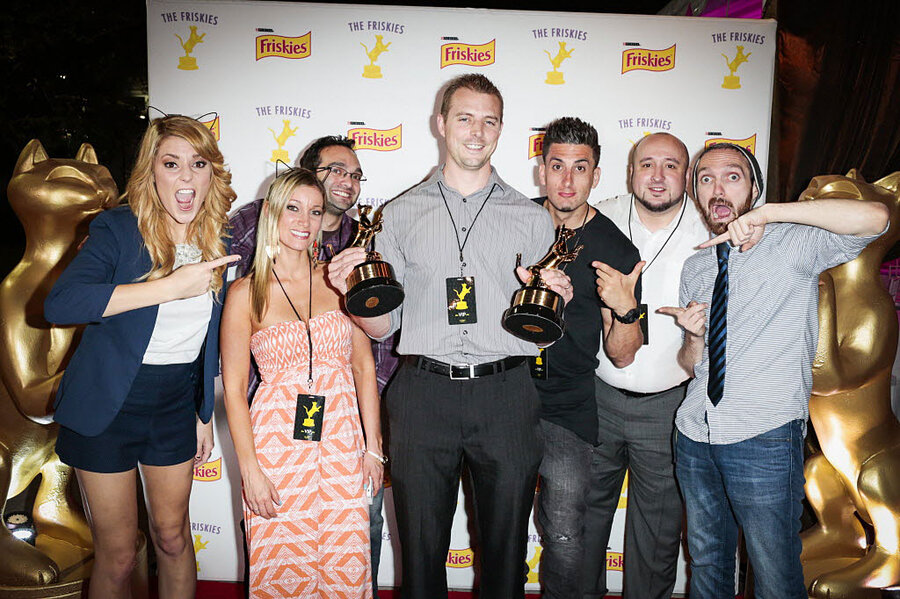Grace Helbig's leap from YouTube personality to celebrity: The first of many?
Loading...
Grace Helbig, the popular YouTube comedian behind “Daily Grace” on “My Damn Channel,” is scheduled to get her own prime time talk show on E! network this spring. “The Grace Helbig Project,” the show’s working title, is the network’s attempt to bring more women to the world of late night talk shows.
Helbig joined YouTube in 2008 and has spent the last seven years working her way up in the ranks, collaborating with other vloggers, going on a national tour, and writing her own book, “Grace’s Guide: The Art of Pretending to Be a Grownup.”
She is hugely popular on YouTube with over two million subscribers, but Helbig is not widely known offline. She is introverted, a little awkward, and doesn’t fit the stereotypical Hollywood image. But while Helbig’s success story is more high profile than many, she is certainly not the only YouTuber in the process of making the jump to celebrity status through television.
For example, Laci Green, host of the sex education YouTube channel “Sex+,” started hosting MTV’s gender and sexuality show, “Braless,” in November, 2014. She also hosts a science news show on The Discovery Channel.
To networks, part of the appeal of contracting YouTubers is that they bring their subscribers with them, creating instant viewers for the new content.
“Laci has a big following in this space, with content presented in a smart, funny way that’s a fit for our demo,” Colin Helms, MTV’s senior vice president of connected content, said in an interview with Variety. “Part of what we like is that she has her own channel — so ideally we’ll tap into her audience.”
Similarly, 19-year-old beauty guru Bethany Mota was recently went all the way to the finals on ABC's "Dancing With the Stars," not as the professional dancer, but the star. And with eight million subscribers, her own clothing line and a cover story in Fast Company praising her ability to connect with her audience, what else could she be called?
Last year, YouTube’s sketch comedy group AwesomenessTV teamed up with Nickelodeon to make a TV show of the same name.
Networks are looking to YouTube for new talent, but even those who have not secured TV roles are doing well, earning more money annually from their channels than many actors.
In fact, a report that Celebrity Networth published estimated that the top 41 highest-paid YouTubers all make over $1 million annually, with the highest paid making over $7 million, and that is just revenue earned directly from views, not counting merchandise deals.
For many vloggers, YouTube has proven to be a platform for success, but networks offer a wider, less niche, audience, and celebrity status. With YouTube becoming a more respected and lucrative entertainment platform, and traditional television networks struggling but still commanding respect, it seems that the emerging trend is not to compete but to collaborate.






